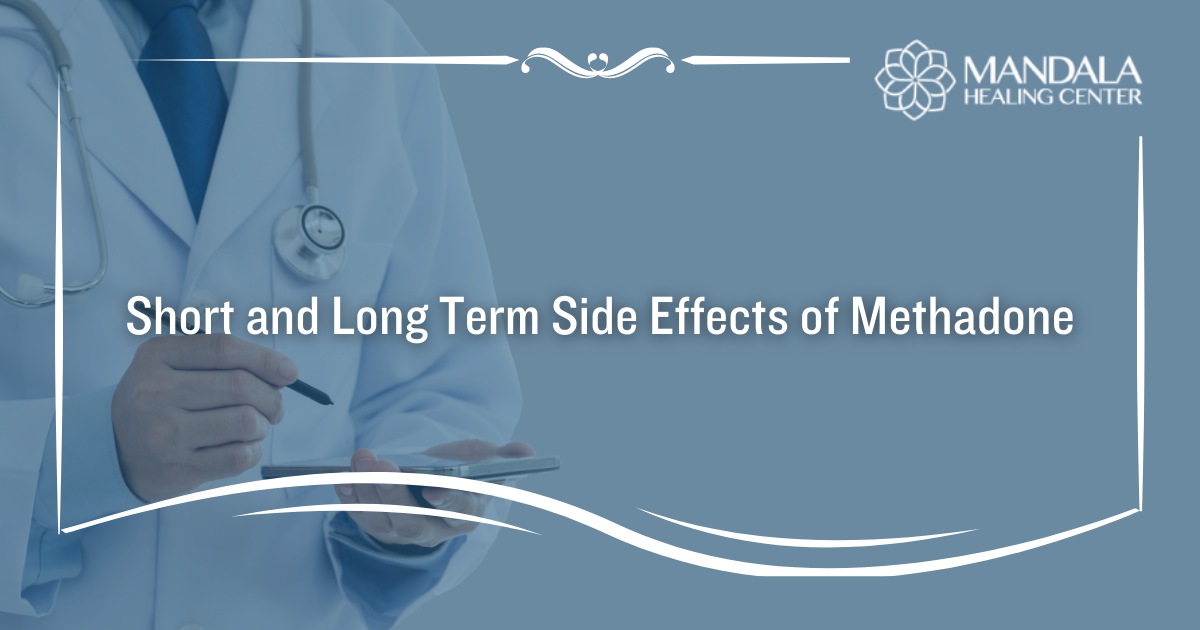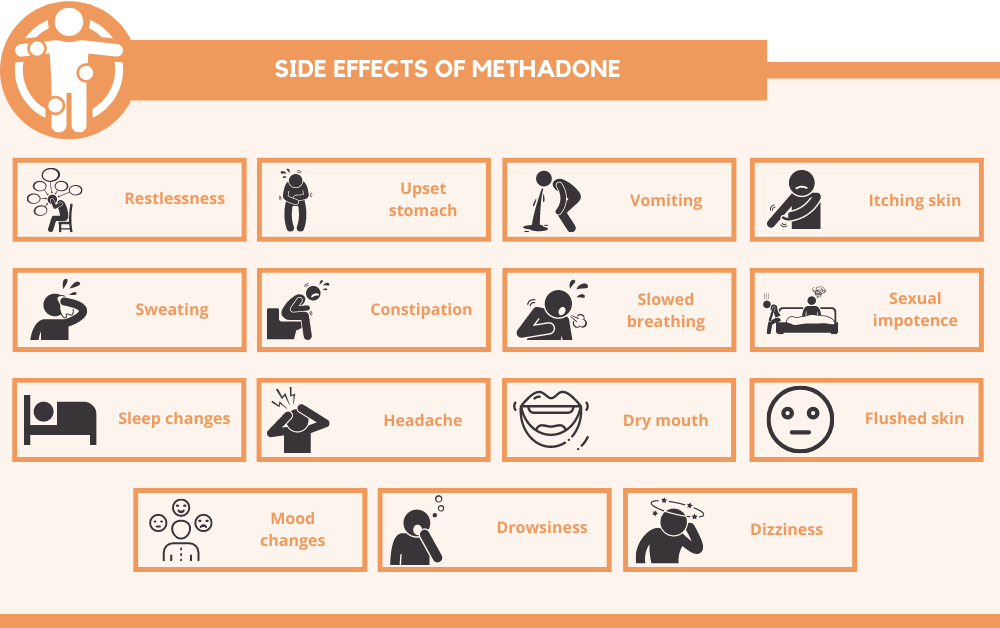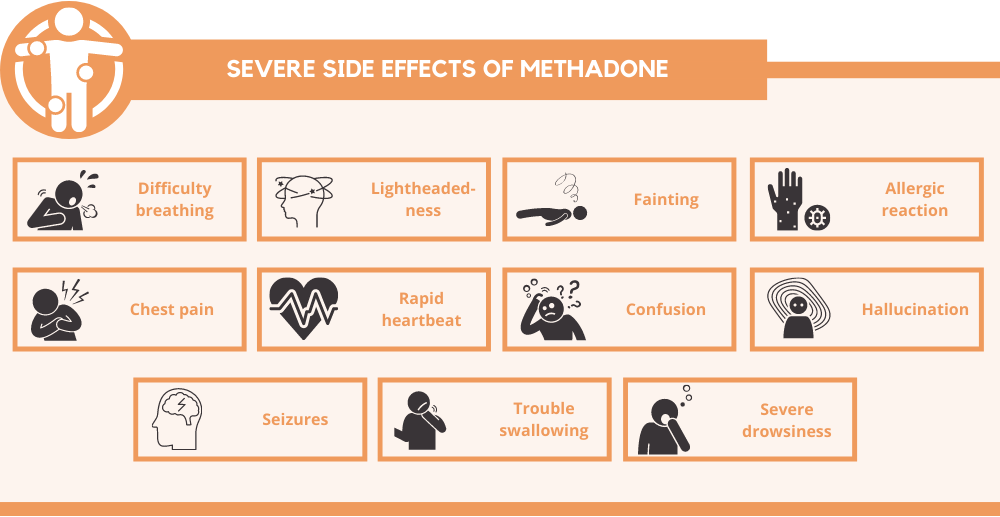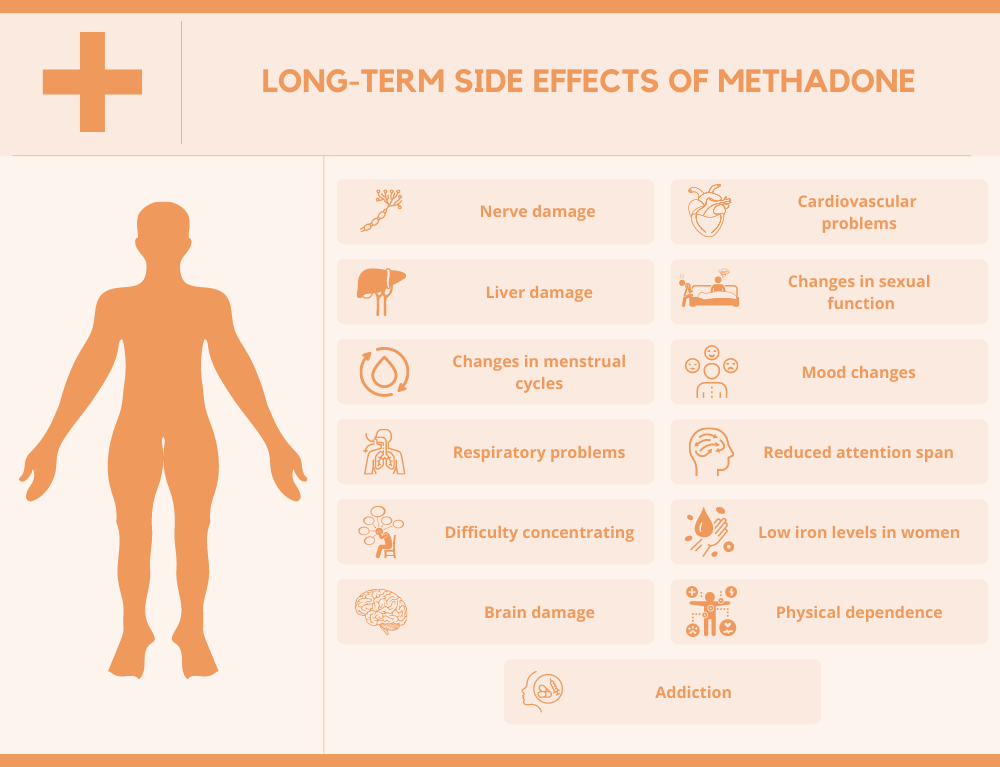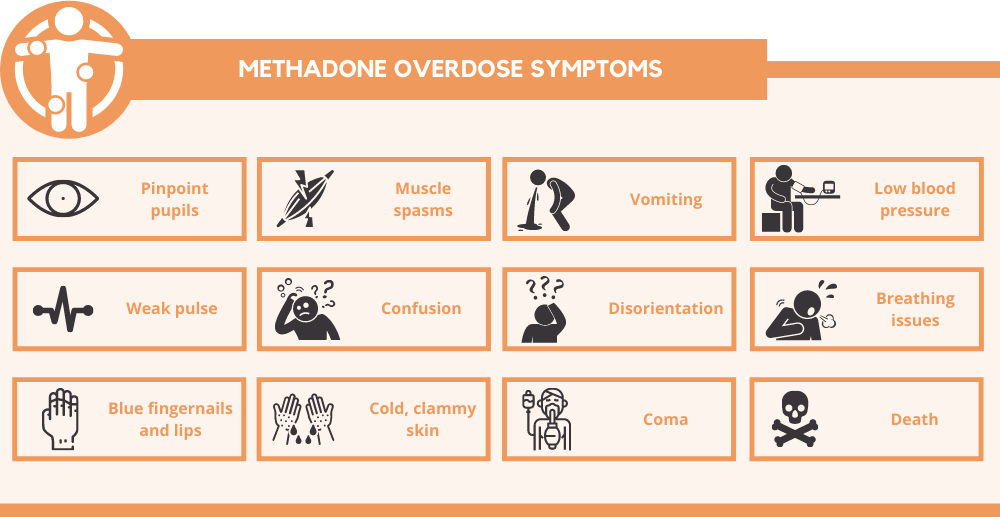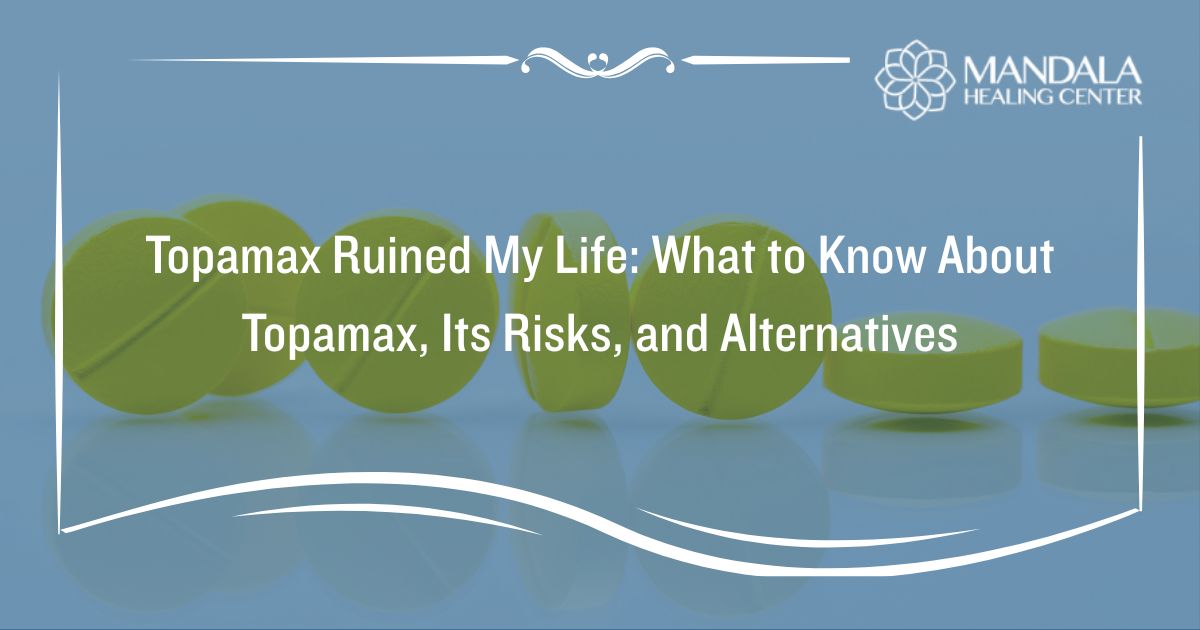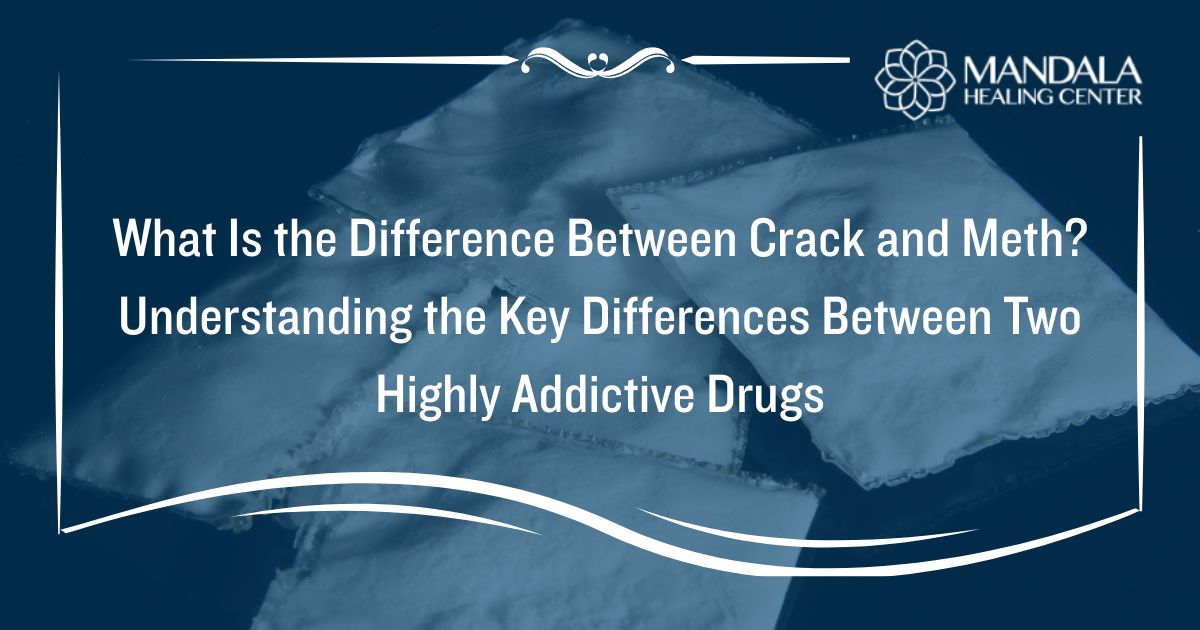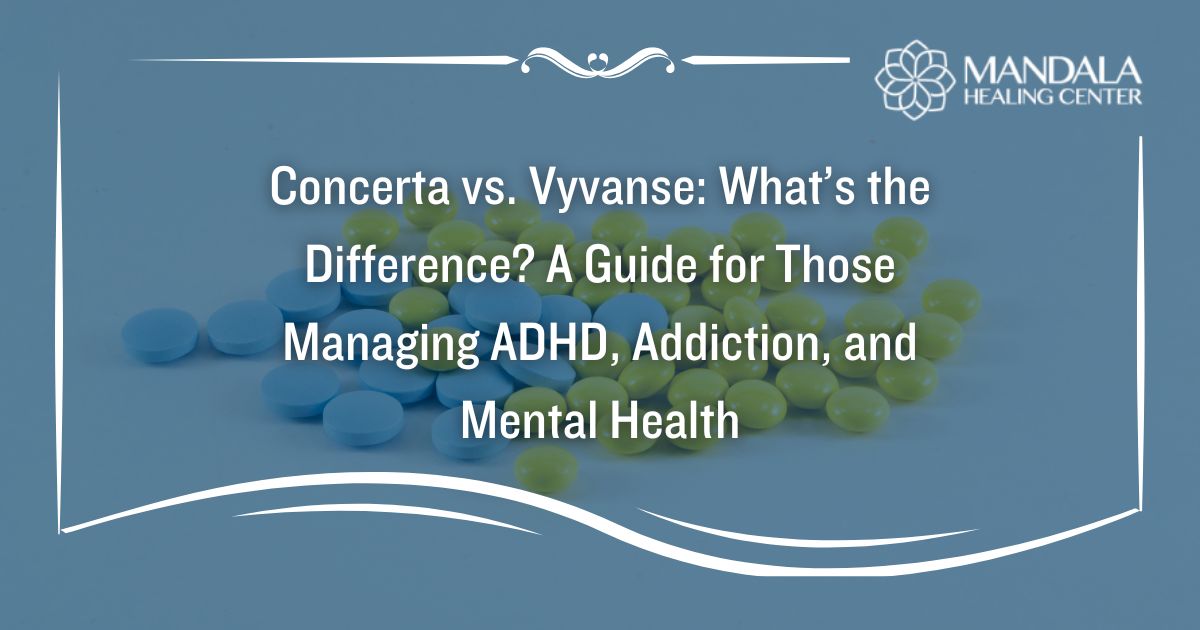Methadone is a prescription opioid medication that is often used to treat opioid dependence and withdrawal. It may also be used to treat moderate to severe pain in people who cannot take other types of opioids. Although this medication is very effective when taken correctly, it can still cause both short- and long-term side effects.
No medication is 100% risk-free, and all medications have the potential to cause mild to moderate side effects. Fortunately, the United States puts prescription drugs through a vigorous approval process, so the FDA ensures the benefits of a medication outweigh the risks before granting approval for medical use. However, the longer a person uses methadone, the more likely they are to experience adverse side effects.
Methadone is also a drug of abuse. People who abuse or become addicted to methadone are more likely to suffer from the negative side effects of the drug. Understanding the short- and long-term side effects of methadone can help opioid-addicted individuals prepare for methadone maintenance therapy (MMT).
What is Methadone?
Methadone was originally approved by the FDA in 1947 for analgesic uses, but it was granted approval for the treatment of opioid dependence in 1972.[1] Today, methadone is a Schedule II controlled substance that is approved for the treatment of moderate to severe pain and for use in medication-assisted treatment (MAT) for opioid addiction. The drug comes in liquid, tablet, and powder forms–all of which are available by prescription only.
As a full opioid agonist, methadone works in similar ways as other opioid drugs like morphine and codeine. Methadone binds to and activates opioid receptors in the brain to block pain sensations. The primary difference between methadone and other opioids is that methadone is thought to work more slowly and produce more mild side effects. It is also thought to be less addictive than other opioids.[2]
Even though methadone is thought to be safer than other opioids, it still has a potential for abuse and dependence. Taking a larger dose than prescribed or using methadone long-term can result in addiction and/or physical dependence as well as a number of potential side effects.
Methadone Side Effects
Whether methadone is abused or taken as prescribed, it is still a substance that affects the mind and body. Some people experience no side effects while others experience significant side effects.
Possible short-term side effects of methadone include:[3]
- Restlessness
- Upset stomach
- Vomiting
- Itching skin
- Sweating
- Constipation
- Slow breathing
- Sexual impotence
- Sleep changes
- Headache
- Dry mouth
- Flushing of the skin
- Mood changes
- Drowsiness
- Dizziness
These side effects are generally mild and subside after a few days. If they persist or get worse, individuals should speak with a medical provider.
Other rarer, but severe side effects of methadone include:
- Difficulty breathing
- Lightheadedness
- Fainting
- Allergic reaction (rash, hives, swollen lips or face)
- Chest pain
- Rapid heartbeat
- Confusion
- Hallucinations
- Seizures
- Trouble swallowing
- Severe drowsiness
A medical provider should be contacted right away if any of these side effects occur while taking methadone.
Long Term Side Effects of Using Methadone
Most medical providers do not prescribe methadone for long-term use due to the risk of physical dependence. As an opioid, the body will eventually become dependent on methadone, even if a person has been taking the medication as prescribed. People who use methadone more frequently or for long periods of time are at higher risk for long-term side effects.[3,4]
Methadone’s long-term side effects include:
- Nerve damage
- Cardiovascular problems
- Liver damage
- Changes in sexual function
- Changes in menstrual cycles
- Mood changes
- Respiratory problems
- Reduced attention span
- Difficulty concentrating
- Low iron levels in women
- Brain damage
- Physical dependence
- Addiction
Methadone Dependence, Addiction, and Overdose
If methadone dependence develops, individuals will experience withdrawal symptoms when they stop taking the drug. Symptoms of methadone withdrawal are similar to those of other opioids and are flu-like in nature (sweating, fever, chills, nausea, vomiting, body and muscle aches, and lack of appetite).
People who get addicted to methadone will not only become physically dependent, but they are also at an increased risk of overdose. Addicted individuals are more likely to take a higher dose than recommended while attempting to experience euphoric effects. Methadone overdose occurs when breathing slows down to a dangerous rate.
Symptoms of methadone overdose are:[5]
- Pinpoint pupils
- Muscle spasms
- Vomiting
- Low blood pressure
- Weak pulse
- Confusion
- Disorientation
- Slow breathing
- Shallow or labored breathing
- No breathing
- Blue fingernails and lips
- Cold, clammy skin
- Coma
- Death
The potential risk of dependence, addiction, and overdose is undoubtedly the most dangerous side effect of taking methadone.
Find Help Today
Although methadone is highly effective when used properly, it can also result in long-term side effects. The best way to avoid adverse side effects is to only take the medication as prescribed and to communicate any side effects you experience with your prescribing physician.
If you or a loved one are struggling with methadone addiction, help is available. Our detox and treatment programs can help you get sober, heal from addiction, and stay in recovery. Learn more about our drug and alcohol treatment program in West Palm Beach by speaking with an addiction specialist today.
References:


